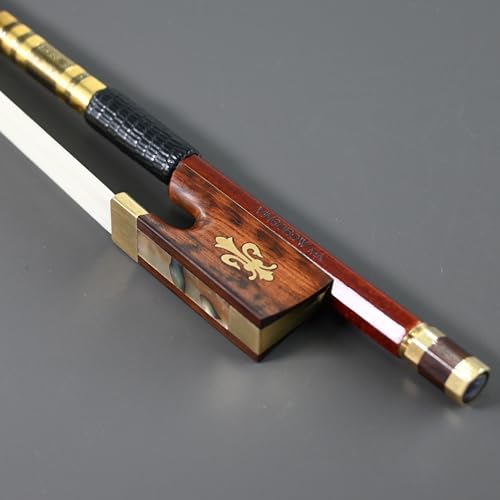The Different Types of Violins
When it comes to musical instruments, the violin is one of the most versatile and widely-used instruments in the world. It is found in various styles and forms, each with its own unique characteristics. In this article, we will explore the different types of violins and their distinctive features.
Classical Violin
The classical violin, also known as the acoustic violin, is the most common and well-known type. It is crafted from solid wood and has a distinct hourglass shape and f-holes, which allow the sound to resonate. Classical violins can be found in different sizes to accommodate players of all ages and skill levels. They are typically played with a bow made from horsehair, which is drawn across the strings to produce sound.
Electric Violin
In recent years, the electric violin has gained popularity among musicians looking to explore new sounds and experiment with different genres. As the name suggests, an electric violin is designed to be amplified through an electronic system. It usually has a solid body, no f-holes, and is made from materials such as carbon fiber or plastic. Electric violins are played with a bow, but they can also be plugged into an amplifier or directly into a sound system for a more powerful and versatile sound.
Baroque Violin
The baroque violin is a unique type of violin that is designed to replicate instruments from the Baroque period of music, which lasted from the late 16th century to the early 18th century. It differs from the classical violin in several ways, including its shape, size, and tuning. Baroque violins have a slightly smaller body and shorter fingerboard, and they are often played with gut strings instead of synthetic ones. They also feature a flatter bridge and a different type of bow, called the baroque bow, which is shorter and lighter.
Five-String Violin
While most violins have four strings, some musicians prefer playing on a five-string violin. The extra string is usually added below the G string, allowing for a wider range of notes and a different tonal quality. Five-string violins are popular among folk and jazz musicians who want to incorporate lower, richer tones into their playing. The additional string requires some adjustments in technique and fingering, but it provides greater versatility and flexibility in music composition and performance.
Stroh Violin
The stroh violin, also known as the horned violin or phonofiddle, is an unusual type of violin that was popular in the early 20th century. It is named after its inventor, John Matthias Augustus Stroh, who patented the design in 1899. The stroh violin features a metal horn or resonator attached to the body, which helps amplify the sound. It was primarily used in orchestras and ensembles that required a louder and more projecting sound. However, it is less commonly used today and is often considered a novelty instrument.





